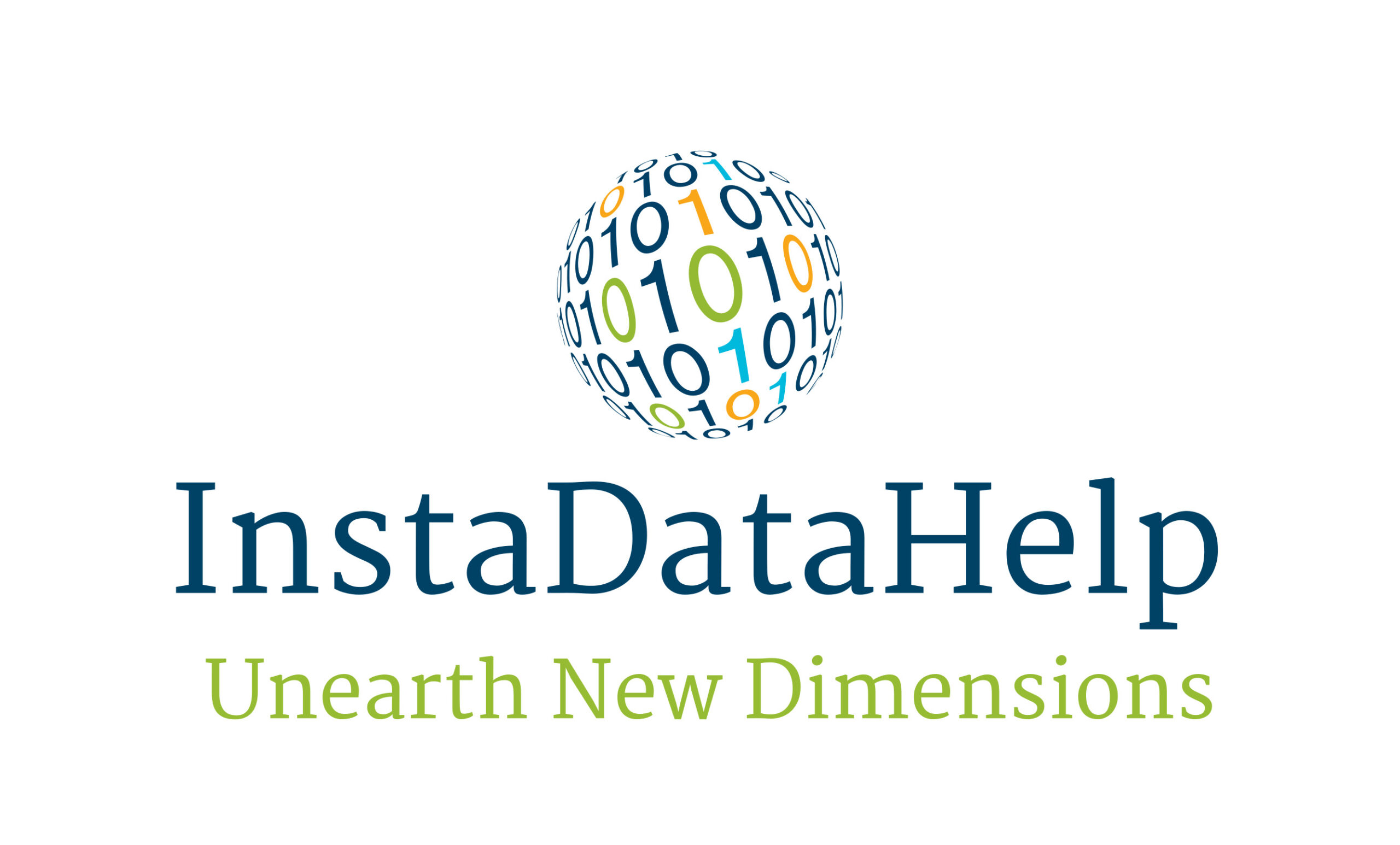Unleashing the Power of Unsupervised Learning: A Breakthrough in Artificial Intelligence
Introduction:
Artificial Intelligence (AI) has made significant strides in recent years, with breakthroughs in various domains such as image recognition, natural language processing, and robotics. One of the key drivers behind these advancements is the development of unsupervised learning algorithms. Unsupervised learning has emerged as a powerful tool in AI, enabling machines to learn patterns and structures from unlabelled data without explicit guidance. In this article, we will explore the concept of unsupervised learning, its applications, and the potential it holds for the future of AI.
Understanding Unsupervised Learning:
Unsupervised learning is a branch of machine learning that aims to uncover patterns, relationships, and structures within data without the need for labeled examples. Unlike supervised learning, where the algorithm is provided with labeled data to learn from, unsupervised learning algorithms work with unlabelled data, allowing them to discover hidden patterns and structures independently.
The primary objective of unsupervised learning is to find meaningful representations or clusters within the data. It can be broadly categorized into two types: clustering and dimensionality reduction. Clustering algorithms group similar data points together, while dimensionality reduction techniques aim to reduce the complexity of the data by extracting its most important features.
Applications of Unsupervised Learning:
Unsupervised learning has found applications in various fields, revolutionizing the way we approach complex problems. Let’s explore some of the key applications of unsupervised learning:
1. Anomaly Detection: Unsupervised learning algorithms can identify anomalies or outliers in data, which can be crucial in fraud detection, network security, and predictive maintenance. By learning the normal patterns within the data, these algorithms can flag any deviations from the norm, enabling early detection of potential issues.
2. Customer Segmentation: Unsupervised learning algorithms can group customers based on their purchasing behavior, preferences, or demographics. This information can be leveraged by businesses to personalize marketing campaigns, optimize product recommendations, and improve customer satisfaction.
3. Image and Text Clustering: Unsupervised learning algorithms can automatically group similar images or texts together, enabling tasks such as image categorization, document clustering, and topic modeling. This has significant implications in areas like content recommendation, information retrieval, and image recognition.
4. Generative Modeling: Unsupervised learning algorithms can learn the underlying distribution of the data and generate new samples that resemble the original data. This has applications in generating realistic images, synthesizing speech, and even creating music.
5. Reinforcement Learning: Unsupervised learning can also be combined with reinforcement learning, where an agent learns to interact with an environment to maximize a reward signal. Unsupervised learning can help in discovering the underlying structure of the environment, enabling more efficient and effective decision-making.
The Power of Unsupervised Learning:
Unsupervised learning has the potential to unlock new possibilities in AI by enabling machines to learn from vast amounts of unlabelled data. Here are some reasons why unsupervised learning is considered a breakthrough in artificial intelligence:
1. Harnessing the Power of Big Data: With the exponential growth of data, unsupervised learning algorithms can make sense of unstructured and unlabeled data, helping organizations derive valuable insights from vast amounts of information.
2. Discovering Hidden Patterns: Unsupervised learning algorithms can uncover hidden patterns and structures within data that may not be apparent to humans. This can lead to new discoveries and insights across various domains, including healthcare, finance, and scientific research.
3. Reducing Human Bias: Unsupervised learning algorithms are not influenced by human biases or preconceived notions. They can objectively analyze data and identify patterns without any prior assumptions, leading to more unbiased and accurate results.
4. Adaptability and Scalability: Unsupervised learning algorithms can adapt to new data and evolving patterns without the need for retraining. This makes them highly scalable and suitable for real-time applications where data is constantly changing.
Challenges and Future Directions:
While unsupervised learning has shown great promise, it also faces several challenges. One of the main challenges is the evaluation and validation of unsupervised learning algorithms since there is no ground truth or labeled data to compare against. Additionally, the interpretability of unsupervised learning models remains a challenge, as they often lack transparency in their decision-making process.
Looking ahead, there are several exciting directions for unsupervised learning research. One area of focus is developing more advanced clustering algorithms that can handle high-dimensional and complex data. Another direction is exploring the combination of unsupervised learning with other techniques, such as reinforcement learning and transfer learning, to enhance the capabilities of AI systems.
Conclusion:
Unsupervised learning has emerged as a breakthrough in artificial intelligence, enabling machines to learn from unlabelled data and uncover hidden patterns and structures. Its applications span across various domains, from anomaly detection to customer segmentation and generative modeling. Unsupervised learning has the potential to revolutionize AI by harnessing the power of big data, reducing human bias, and enabling machines to adapt and learn in real-time. As research in unsupervised learning continues to advance, we can expect even more exciting developments in the field, paving the way for a future where AI systems can truly understand and interpret complex data.


Recent Comments